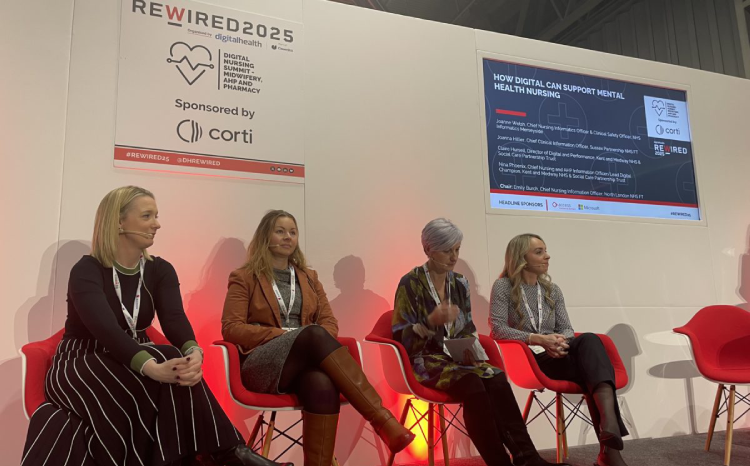Solving the maze
- 14 June 2005
 Gerry Yantis & Nikolai Segora
Gerry Yantis & Nikolai Segora
Capgemini
Since 2002, the Department of Health and the NHS have begun several transformational programmes designed to bring about changes in working practices and increase efficiencies in the English health service. But for those in primary care, the proliferation of programmes can seem like a maze of initiatives, almost impossible to navigate.
For primary care, the challenge is to coordinate these programmes and the investment they require into a coherent and meaningful strategy – both for patients and staff.
National Service Frameworks (NSFs), for example, mean that every PCT must develop plans for Long Term Condition (LTC) programmes, such as for diabetes and chronic obstructive pulmonary disease. PCTs taking the lead would be well advised to take advantage of the investments by the national programmes through developing local strategies and solution architectures for features such as patient interaction and technology.
But at present, with few exceptions, the programmes are largely self-contained. While there are identified points of intersection, there is little idea of how they can actually be implemented in an integrated fashion. Further, little is known about how integration may create additional value for patients.
Birds’ eye view
The value of integration becomes even clearer if you take an overall view of the delivery chain for care provision – from political and institutional pressure at one end, to management and operational processes at the other, if change is synchronised across the healthcare system. Far greater impact and value can be derived from re-engineering processes and improving information flow, if change is synchronized across the whole of the healthcare system. Savings and greater efficiencies are realised from the whole, not the sum of the parts.
One example is the NHS Care Records Service. While there is definition for patient data to be available from a national electronic patient record, it is not clear how the care delivery processes at the primary care level can use this data to support care for patients with long term conditions.
PCTs should be asking, how will day-to-day primary care operations at the primary care level engage with patients? How will new service capabilities, such as contact centres, play a role in primary care? How will primary care interact with secondary care for care of patients with long term conditions once the central patient care record is made available, and how will new shared electronic care records create efficiencies and better patient care?
Incentives needed
Payment by Results (PBR) is another example of a national initiative which has the potential to deliver efficiencies, if integrated into healthcare delivery processes. It is hoped the national tariff model of PBR will provide financial incentives to drive care delivery to the most appropriate care setting for the lowest cost, and lower the overall cost of care while improving care outcomes.
But the framework needed is not yet in place. There’s currently little incentive for PCTs to source more cost effective care facilities, or to proactively manage patients requiring long-term care, or to establish a wellness-focused NHS to prevent illness wherever possible.
Within local communities it is crucial that organisations such as PCTs, Acute Trusts, Mental Health Trusts, GPs, district nurses, community matrons, and social care continue to coordinate their integration efforts. Many have already started on this integration based on their own initiative; others may need further direction and insight. All must work together.
The ability to integrate transformation programmes will have significant long-term benefits for PCTs. True change occurs when integration blueprints have provided the clarity needed to design and integrate new capabilities that will generate previously unanticipated value to the patients and the healthcare providers.
Opportunities for integration
|
Payment by Results (PbR)
National Programme for IT (NPfIT)
GMS Contracts
Independent Sector Treatment Centres
Electronic Staff Record
Finance & Accounting Services
Supply Chain Excellence Programme
PSA Targets
|
Gerry Yantis & Nikolai Segora
Capgemini




